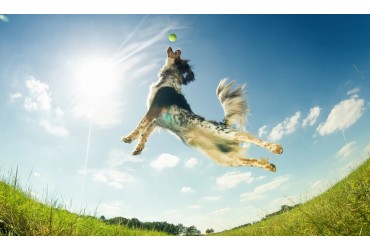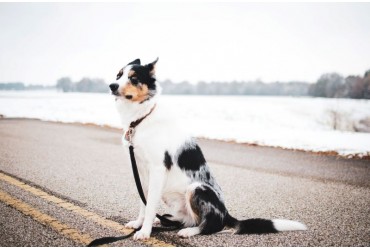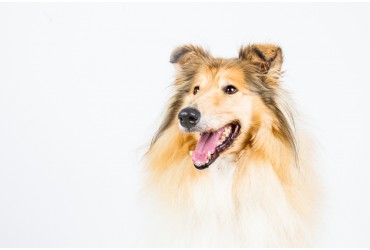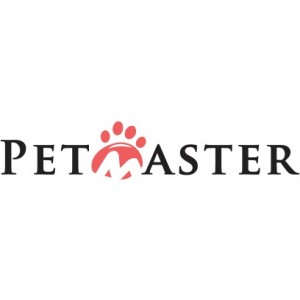The Origins of Short-Legged Dogs

Genetic mutations have always been a part of the evolution of all living things, resulting in new shapes and sizes within species and breeds. One of the most sort after physical attributes in our domesticated canines – short legs – is a result of mutations.
Expecting to find a "point mutation" (a small change within a DNA sequence) that resulted in this physical characteristic, surprised scientists discovered the cause to be gene duplication. This gene, FGF4 (short for fibroblast growth factor 4), is a leftover woof gene that duplicated and reinserted into a new site of a dog's genome. The duplicated FGF4, although a "retrogene" (retrogenes are known as garbage genes that provides no functions), is the first known to change a mammal's anatomy.
Most dogs have one copy of FGF4, which turns on when a dog is growing in the womb to make the "growth factor" molecule responsible for guiding proper formation of limbs and paws. In short-legged dog breeds, there are two copies of FGF4, leading to the shut-down of cartilage growth at the tip of limbs.
The self-duplication of FGF4 in a dog's genome started some time between 300 and 30,000 years ago. Breeders have since used this mutation to retain the specific physical trait for domestic purposes.
DACHSHUND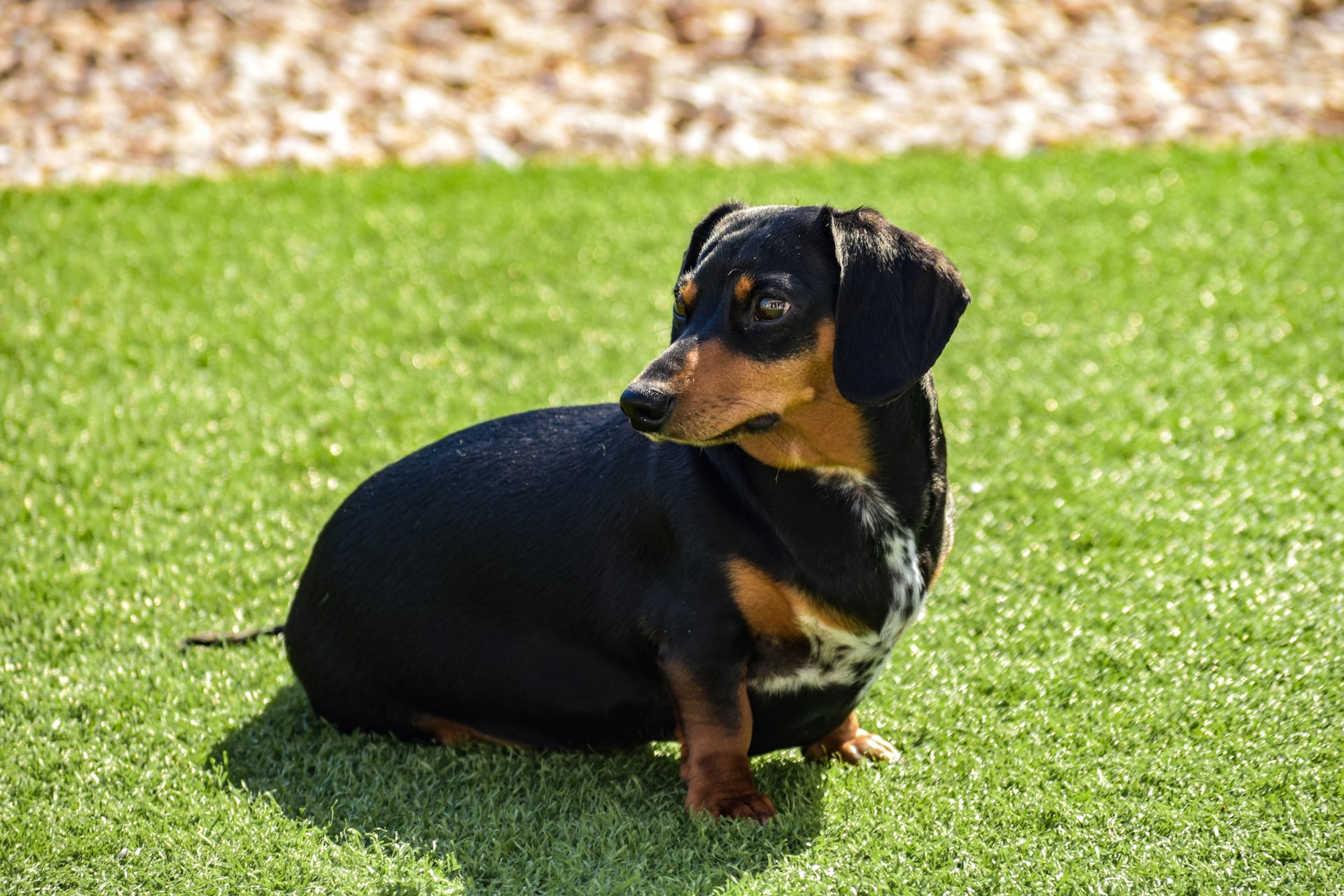
Affectionally known as "wiener dog", "sausage dog" or "hotdog", the name "dachshunds" translates to "badger dogs". Domesticated for digging, entering tunnels, and fighting badgers, their flap-down ears kept dirt and debris out during burrowing. Further developments in breeding produced standard and miniature sizes for wider purposes––the standards continued to hunt badgers and wild boars while the miniatures chased after hares and foxes. Till this day, dachshunds retain their natural instincts to dig and hunt. To prevent your beloved dachshund digging away at your potted plants, provide plenty of alternative activities for him!
Dachshunds' long backs make them susceptible to spine problems; while you can discourage jumping on and off furnitures, their stubborn tendencies may go against your instructions. To reduce risks of spine problems in your dachshund, it is ideal to invest in ramps or steps to help him get up and down chairs and beds with ease.
(Check out our Deycare Block Stairs here!)
BASSET HOUND

France is the country known for the origin of many strains of hounds. Short-legged sizes, such as the basset hound, grow up to a height of only 16 inches. The name "basset" comes from "bas", which means "low-set" in French.
Basset hounds were originally bred as part of a specialised program, designed to be highly attuned tracking dogs that their human companions can follow on foot (as opposed to on horseback). Usually undetected due to their short stature, these hounds were used to drive small prey, such as rabbit and hare, from dense vegetations into open terrain where hunters could move in for the kill.
Basset hounds' docile disposition make them a great choice for new pet parents. Although easygoing, keep in mind to give them at least moderate exercise and an appropriate diet to prevent weight gain that could lead to many health issues.
(Check out the different types of walks that could enrich your pup's life in our previous article here.)
CORGI
There are two breeds of corgi, the Pembroke Welsh Corgi (pointed ears and short tails) and the Cardigan Welsh Corgi (rounded ear tips and long tails).
These two breeds were brought over to Wales separately by Celts and Flemish settlers, and both were selectively bred for herding livestock and cattle. Their size and height contributed to their recognition of being the best herder as they can nip at the livestock's heels while avoid getting kicked.
Modern documentations of corgis getting "straight to work" when placed amongst farm animals prove that these dogs retained their herding instincts. In urban settings, corgis still be seen displaying their instinctual herding habits through nipping at ankles and tugging at pants' legs of their human companions. Provide proper obedience training to minimise these habits before corgis start attempting to herd humans!
SCOTTISH TERRIER

"Terrier" derives from the Latin word "terra", which means earth, describing the breed's genetic disposition for earth-digging.
Bred specifically for managing vermin problems in Scotland farms, the determined and fearless Scottish terriers (also known as "Scotties") would follow badgers, foxes, and other vermin into their burrows and try to dig them out for the kill. Made of equal parts spunk and recklessly bravery, they can also be great watchdogs.
Often described as "a big dog in a small body", Scotties are full of character. These dogs hold their natural dignity high and is said to seek a reason to obey you other than to please you. Like many dog breeds that retained their original purpose's instincts, Scotties are still predisposed to hunt vermin. If you are looking to keep your residence free of rats and mice, this doggo might actually do a better job than cats!
LANCASHIRE HEELER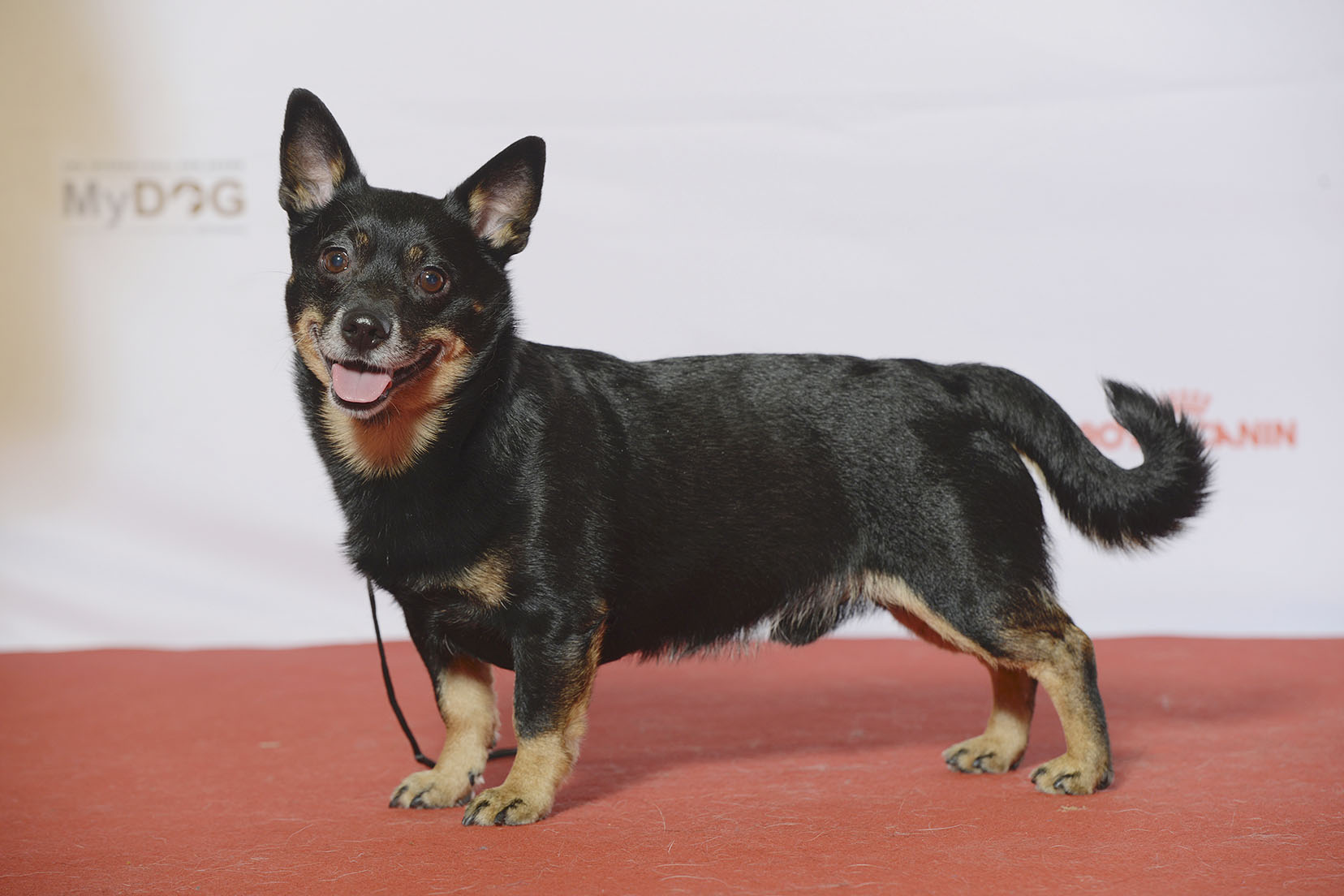
While their origin cannot be confirmed, Lancashire Heelers are accepted to be the resulted crossbreeding of a Welsh corgi and a black-and-tan terrier. This speculation is derived from their nipping and ducking herding instincts (a corgi trait), and their natural disposition to hunt rabbits and mice (a terrier trait).
The Lancashire Heeler may be one of the rarest dog breeds, with an estimate of only 5,000 of them worldwide. Despite its low population numbers, many farms in the north-western parts of England are still using them to work with cattle and sheep.
These friendly and happy dogs thrive on human company. A great family pet, their naturally high level of energy requires plenty of play and exercise to keep them occupied.


